Haben Sie sich schon einmal gefragt:
-
Wie kann man die kognitive Flexibilität verbessern?
-
Was macht manche Menschen geistig beweglicher und anpassungsfähiger?
-
Wie können Sie Ihr Gehirn trainieren, sich schneller an Veränderungen anzupassen?
Die Antwort könnte in einem wenig bekannten, aber zunehmend wichtigen Konzept der Neurowissenschaft liegen: der Variabilität der Gehirnsignale (BSV) .
Früher galt das Gehirn oft als effiziente Maschine, wenn seine Prozesse stabil und vorhersehbar waren. Aktuelle Forschungen zeigen jedoch, dass die gesündesten und anpassungsfähigsten Gehirne nicht die stabilsten, sondern die variabelsten sind. Das bedeutet, dass sich das Gehirn ständig anpasst, seine Umgebung erforscht und auf sie reagiert.
Und das Beste daran? Mit Tools zur mentalen Beweglichkeit wie neuroVIZR können Sie Ihr Gehirn trainieren, variabler und damit flexibler und belastbarer zu sein . Sehen wir uns an, wie das geht.
Was ist die Variabilität von Gehirnsignalen?
Die Hirnsignalvariabilität (BSV) bezeichnet die augenblicklichen Schwankungen der Gehirnaktivität. Dabei handelt es sich nicht einfach um „Rauschen“ oder Zufälligkeit, sondern um ein Zeichen neuronaler Anpassungsfähigkeit .
Stellen Sie sich BSV wie das Federungssystem eines Hochleistungsautos vor. Auf ebener Straße bemerken Sie es vielleicht nicht. Aber auf unvorhersehbarem Terrain macht eine gute Federung den entscheidenden Unterschied. Ebenso kann sich ein variables Gehirn schneller an neue Informationen anpassen, sich von mentalem Stress erholen und zwischen verschiedenen Gedanken und Emotionen wechseln.
Hoher BSV vs. niedriger BSV:
|
Gehirn mit hohem BSV |
Gehirn mit niedrigem BSV |
|
Anpassungsfähig & kreativ |
Starr und festgefahren |
|
Bessere emotionale Regulierung |
Anfällig für Angstzustände/Depressionen |
|
Schnelles Lernen und Problemlösen |
Langsame, sich wiederholende Denkmuster |
|
Geistig beweglich |
Geistig erschöpft |
Warum ist die Variabilität von Gehirnsignalen wichtig?
Ein erhöhter BSV steht in direktem Zusammenhang mit:
-
Schnelleres Lernen und Anpassen
-
Verbesserte Kreativität
-
Höhere Belastbarkeit unter Stress
-
Verbesserte Problemlösung
-
Stärkere Exekutivfunktion
Umgekehrt wird eine verringerte Variabilität mit geistiger Erschöpfung , Burnout , Angstzuständen und sogar einem kognitiven Abbau im alternden Gehirn in Verbindung gebracht.
Aktuelle Studien zur Bildgebung des Gehirns haben gezeigt, dass variablere Gehirnsignale ein besseres Umschalten zwischen Gehirnnetzwerken ermöglichen, was für die Anpassung an neue Situationen und die Vermeidung kognitiver Blockaden entscheidend ist.
Die Wissenschaft hinter der Variabilität von Gehirnsignalen
Hier ein kurzer Überblick über die führenden Studien zum Thema BSV und geistige Leistungsfähigkeit:
1. Moment-zu-Moment-Variabilität der Gehirnsignale
Garrett et al. (2013) fanden heraus, dass Personen mit höheren Schwankungen der Gehirnsignale von Moment zu Moment bei kognitiven Aufgaben deutlich bessere Leistungen zeigten. Hohe BSV waren besonders bei Personen zu beobachten, die sich schnell an wechselnde Anweisungen und unvorhersehbare Bedingungen anpassen konnten.
Fazit: BSV ist kein Lärm, sondern Flexibilität in Aktion.
2. Lichtbasierte Stimulation erhöht den BSV
Ram Kumar Pari (2021) untersuchte, wie sich stroboskopisches Licht (ca. 8 Hz) auf die neuronale Komplexität auswirkt. Die Ergebnisse waren eindeutig: Die Signalvielfalt im Gehirn nahm zu , insbesondere im visuellen Kortex , wenn es rhythmischen Lichtimpulsen ausgesetzt war.
Schlussfolgerung: Externe Reize, wie z. B. Stroboskoplicht, können die neuronale Variabilität erhöhen und die geistige Flexibilität fördern.
3. Variabilität fördert Innovation
In Faisal et al. (2016) argumentierten Forscher, dass Signalvariabilität nicht nur für die grundlegende Anpassungsfähigkeit nützlich, sondern tatsächlich für Kreativität und Innovation unerlässlich ist. Sie ermöglicht es dem Gehirn, neue Muster zu erkunden und neuartige Lösungen zu finden.
Fazit: Um anders zu denken, muss Ihr Gehirn anders reagieren – und zwar von Moment zu Moment.
Wie neuroVIZR die Variabilität von Gehirnsignalen steigert
neuroVIZR ist ein Neurotechnologie-Gerät der nächsten Generation, das dynamische Licht- und Tonstimulation nutzt , um Ihr Gehirn auf natürliche Weise zu trainieren. Anstatt Sie nur zu beruhigen oder Ihnen Energie zu geben, wirkt neuroVIZR auf einer tieferen Ebene: Es erhöht die Signalvariabilität und setzt so die Fähigkeit des Gehirns zur Anpassung und Neuorganisation frei .
So funktioniert es:
-
Das NR9-Headset liefert flackernde Lichtmuster in bestimmten Frequenzen (insbesondere Alphawellen um 8–12 Hz ), die dafür bekannt sind, BSV zu stimulieren.
-
Gepaarte Klanglandschaften (binaurale Beats und Umgebungsgeräusche) führen Ihr Gehirn in rhythmische Synchronität.
-
Wenn Ihr Gehirn auf diese Reize reagiert, beginnt es, zwischen neuronalen Zuständen zu wechseln, was die Komplexität und Reaktionsfähigkeit steigert .
Mit der Zeit fördert diese wiederholte Aktivierung die Neuroplastizität – die Fähigkeit des Gehirns, sich neu zu verdrahten – und unterstützt eine höhere kognitive Flexibilität .
Neuroplastizität und BSV: Eine starke Kombination
Neuroplastizität ist die Fähigkeit Ihres Gehirns, sich als Reaktion auf neue Erfahrungen, Lernprozesse oder Verletzungen zu verändern und anzupassen. Sie ist die Grundlage für die Entwicklung neuer Gewohnheiten, das Erlernen von Fähigkeiten und die Verbesserung der psychischen Gesundheit.
Die Variabilität der Gehirnsignale wirkt wie der Motor der Neuroplastizität. Ohne Variabilität würde das Gehirn in festen Mustern stecken bleiben und wäre nicht in der Lage, sich anzupassen. Mit anderen Worten:
Durch BSV ermöglicht Ihr Gehirn Neuroplastizität.
Aus diesem Grund sind Tools wie neuroVIZR , die die Variabilität sicher stimulieren, für ein langfristiges Gehirntraining so vielversprechend.
Was Benutzer sagen
Menschen, die neuroVIZR verwenden, berichten von einer Vielzahl von Vorteilen, darunter:
„Ich kann jetzt mental viel schneller umschalten – stecke weniger in Schleifen fest.“
„Es fühlt sich an, als würde ich mein Denken neu verdrahten. Mehr Raum zwischen Reiz und Reaktion.“
„Ich verwende es vor Problemlösungssitzungen oder öffentlichen Reden – es hilft mir, klarer und kreativer zu denken.“
Diese Einzelberichte stimmen mit der Aussage der Neurowissenschaft überein: Höhere Variabilität = größere Anpassungsfähigkeit .
Werkzeuge für geistige Beweglichkeit: Trainieren Sie Ihr Gehirn, sich anzupassen
Neben Neurotech-Geräten gibt es noch weitere Möglichkeiten, wie Sie Ihr Gehirn trainieren können, um anpassungsfähiger zu werden und den BSV auf natürliche Weise zu steigern:
1. Achtsame Meditation
Übungen wie Atemarbeit oder Körperscannen helfen Ihnen, sich Ihres Geisteszustands bewusster zu werden und fördern flexible Aufmerksamkeitsverschiebungen – ein wichtiges Merkmal von BSV.
2. Schlaf und zirkadiane Gesundheit
In den Tiefschlafphasen ist die Gehirnaktivität variabel. Schützen Sie Ihren Schlaf, um den natürlichen BSV-Rhythmus aufrechtzuerhalten.
3. Neuartiges Lernen
Fordern Sie Ihr Gehirn mit neuen Fähigkeiten heraus – lernen Sie eine Sprache, spielen Sie ein Instrument oder ändern Sie einfach Ihre Routine.
4. Körperliche Bewegung
Herz-Kreislauf-Training stimuliert den vom Gehirn abgeleiteten neurotrophen Faktor (BDNF), eine Schlüsselchemikalie für die Neuroplastizität und Signalmodulation.
5. Reizbasierte Geräte
Tools wie neuroVIZR nutzen flackerndes Licht und Ton auf sichere und kontrollierte Weise, um die neuronale Flexibilität passiv zu fördern. Dies ist besonders hilfreich, wenn Sie geistig zu erschöpft sind, um aktiv zu trainieren.
Warum dies wichtiger ist als je zuvor
In der heutigen, sich schnell verändernden Welt ist kognitive Flexibilität eine Superkraft .
Ganz gleich, ob Sie berufliche Veränderungen meistern, Stress bewältigen oder versuchen, alte Gewohnheiten abzulegen: Ihre Fähigkeit, sich geistig, emotional und neurologisch anzupassen , wird Ihren Erfolg und Ihr Wohlbefinden prägen.
Und da geistige Erschöpfung, Burnout und Gehirnnebel immer häufiger auftreten, kann das Training der BSV eine der wirkungsvollsten Maßnahmen sein, die Sie für Ihre zukünftige Gehirngesundheit tun können .
Verbessern Sie noch heute die Flexibilität Ihres Gehirns
Die gute Nachricht: Um die Anpassungsfähigkeit Ihres Gehirns zu steigern, benötigen Sie weder Medikamente noch stundenlanges kognitives Training. Mit Tools wie neuroVIZR können Sie noch heute beginnen – mit nur 15 Minuten Licht und Ton ein paar Mal pro Woche.
-
Natürlich und nicht-invasiv
-
Basierend auf neuen Erkenntnissen der Neurowissenschaft
-
Unterstützt die Variabilität der Gehirnsignale , die Neuroplastizität und die geistige Beweglichkeit
Trainieren Sie Ihr Gehirn, sich anzupassen.
Verbessern Sie die kognitive Flexibilität.
Steigern Sie Ihren BSV mit neuroVIZR.






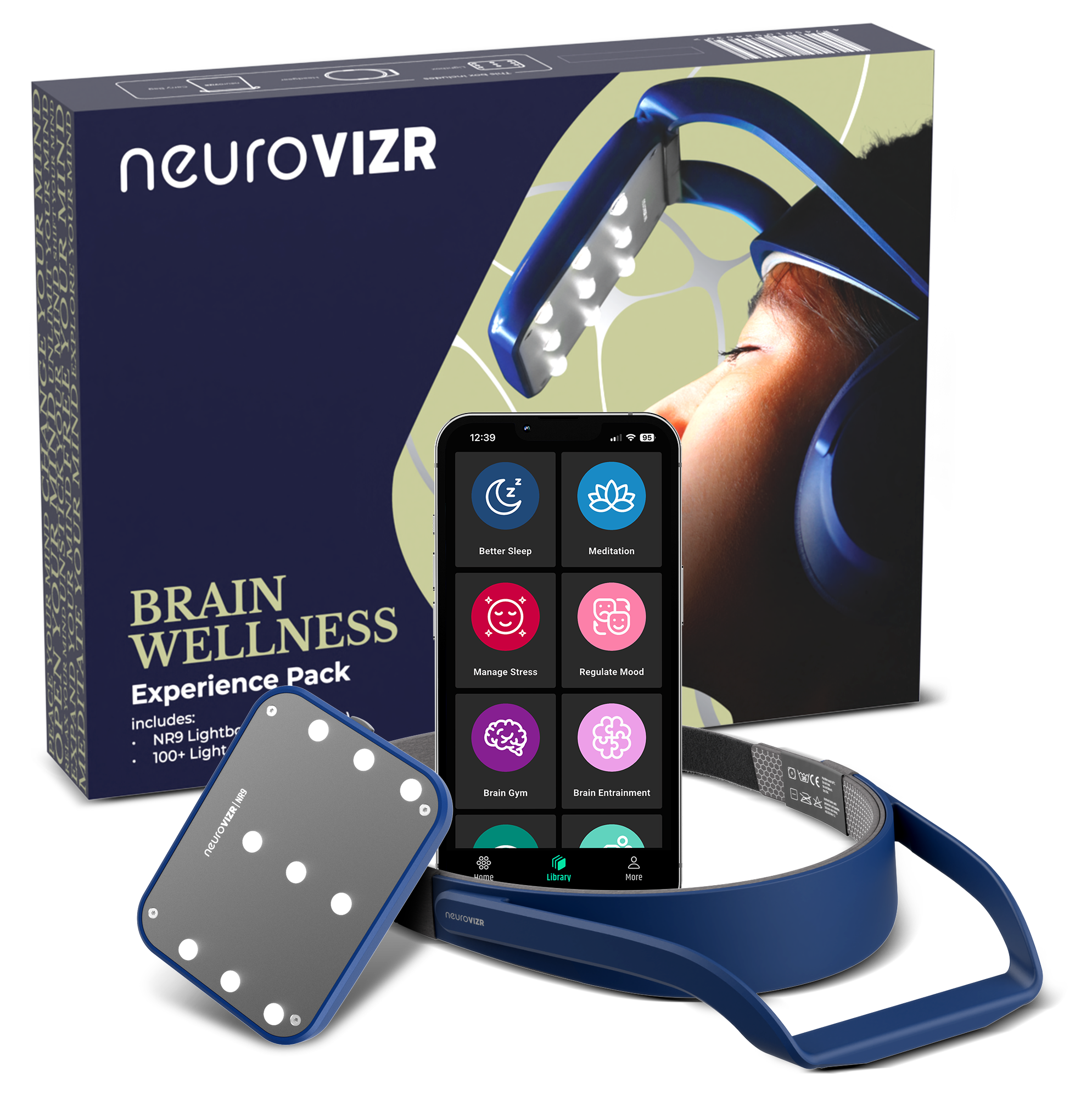

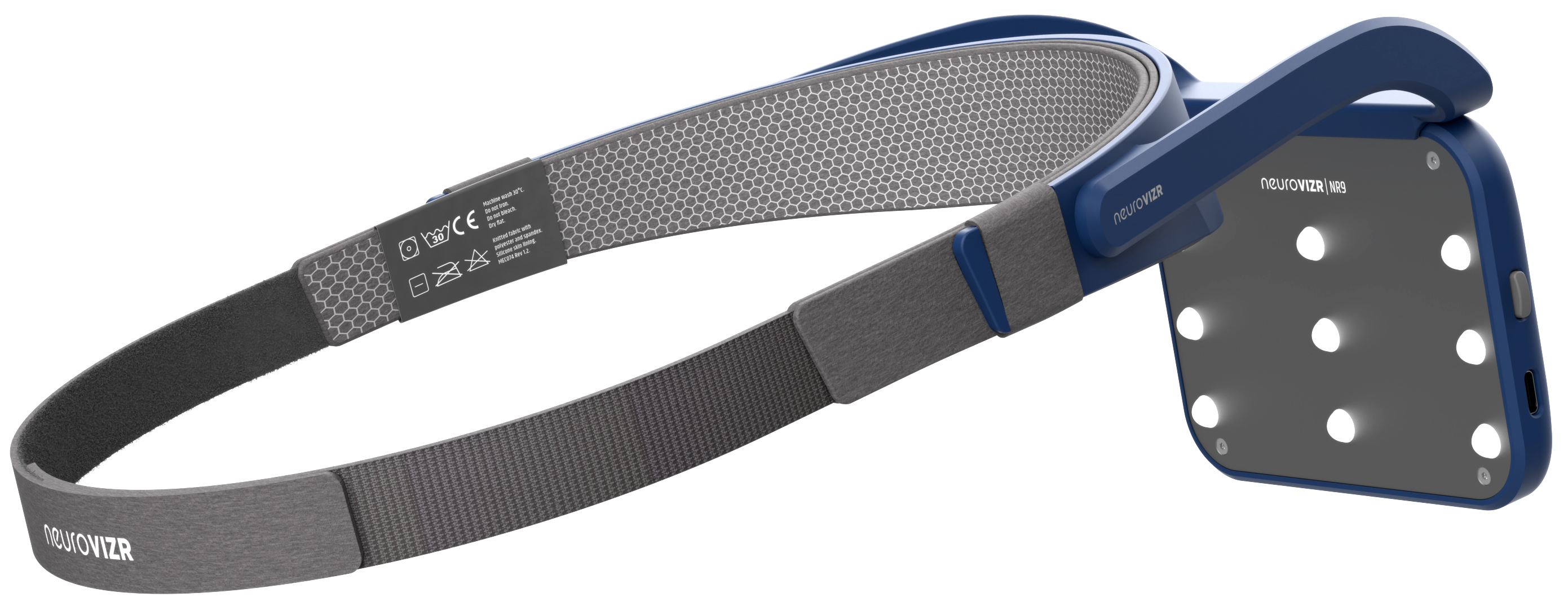
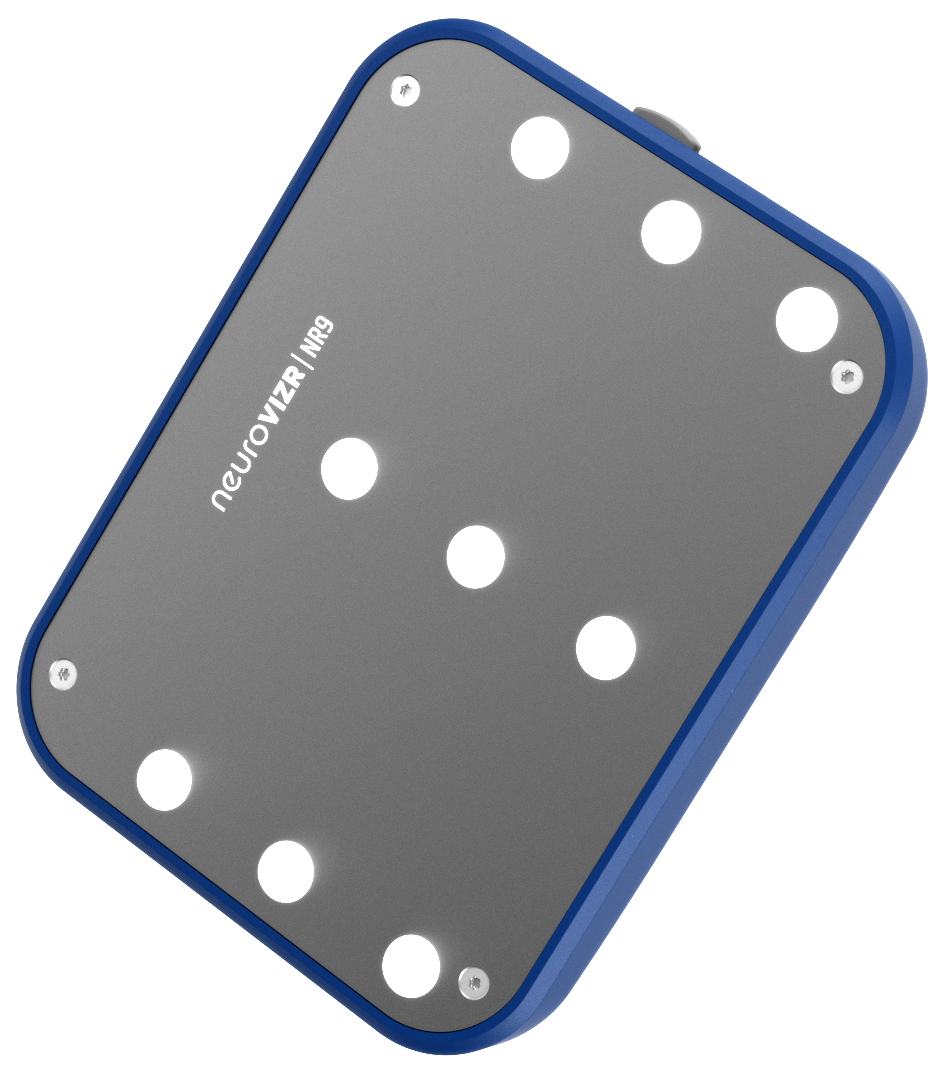
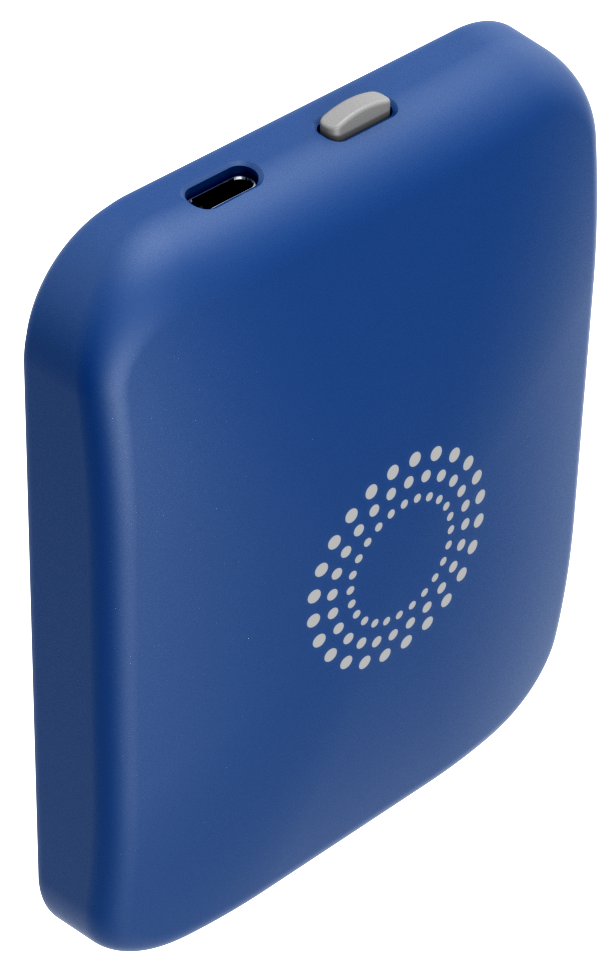
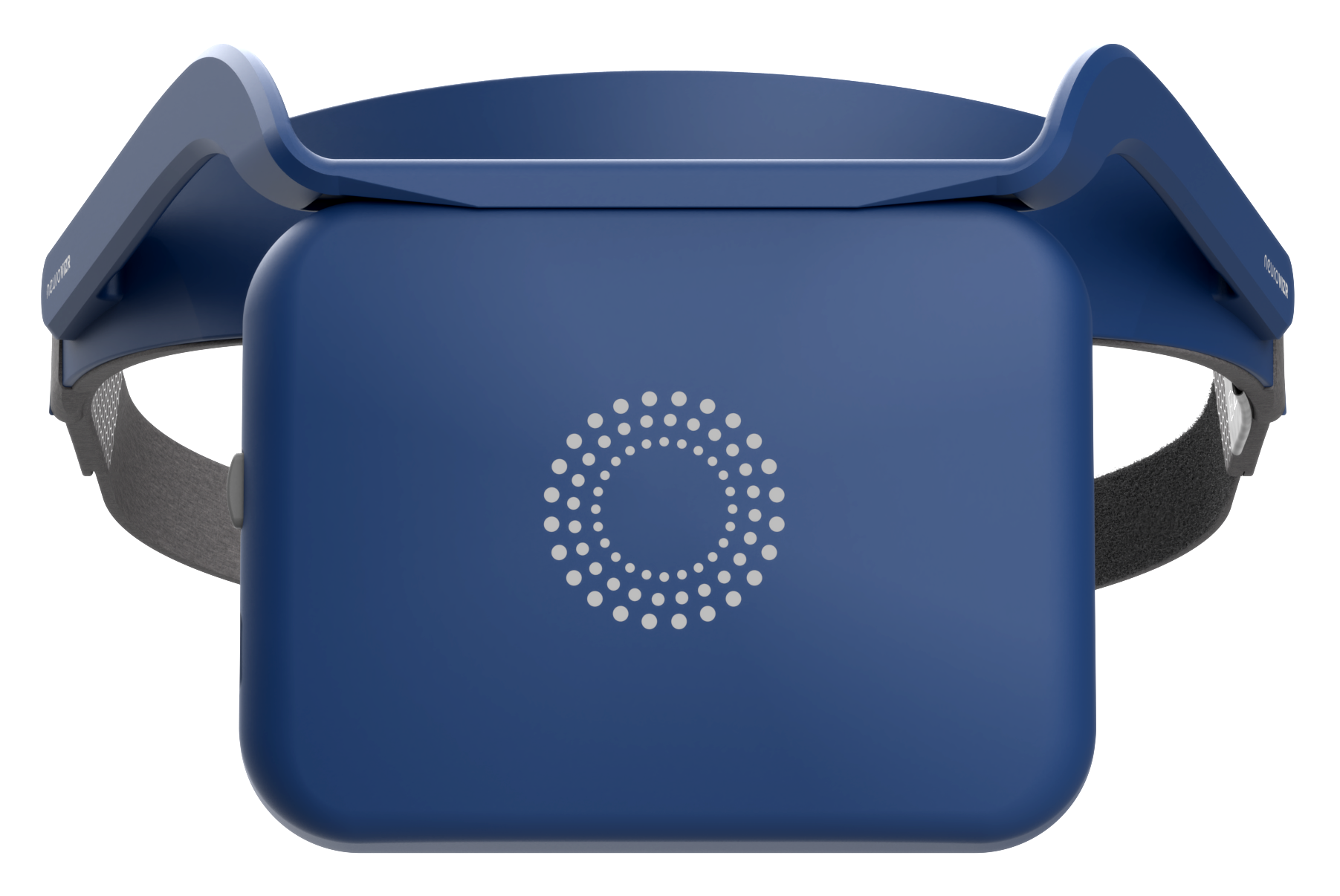
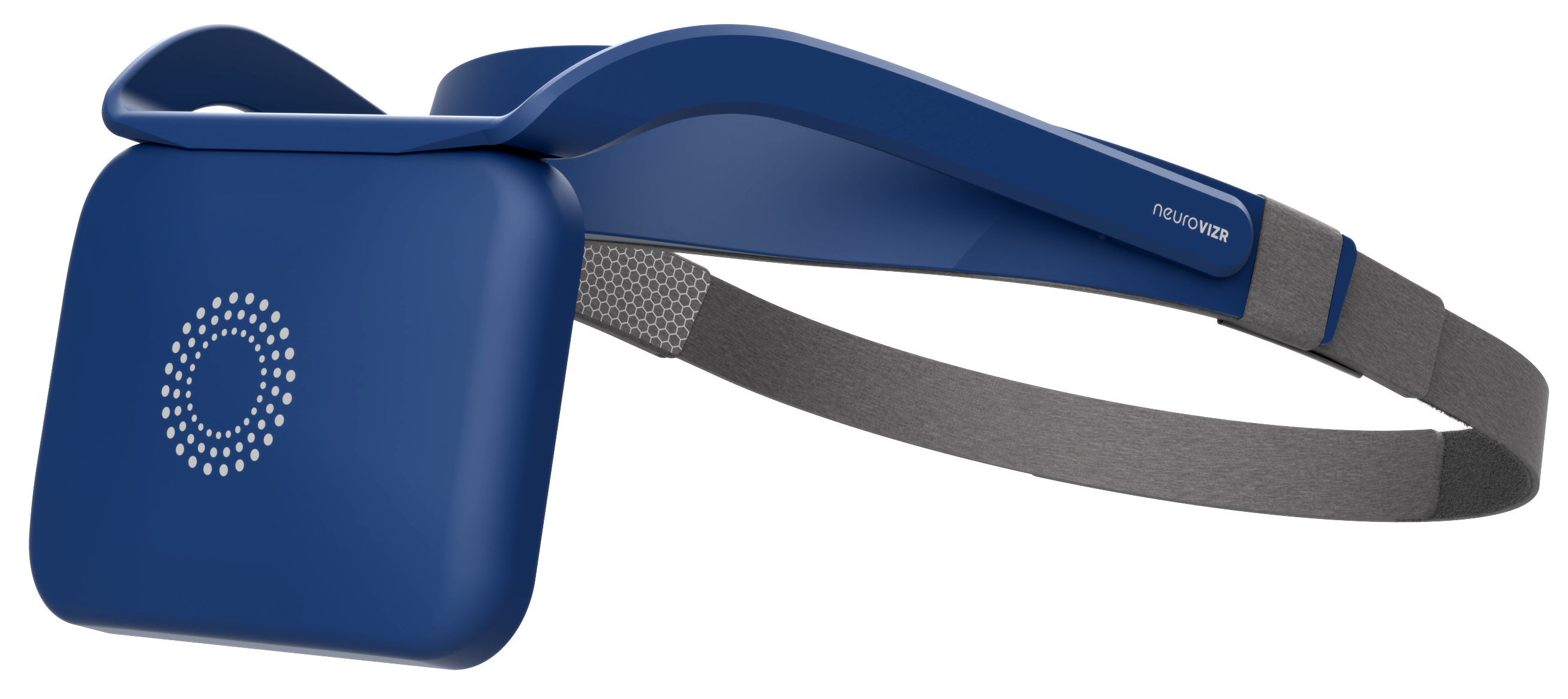
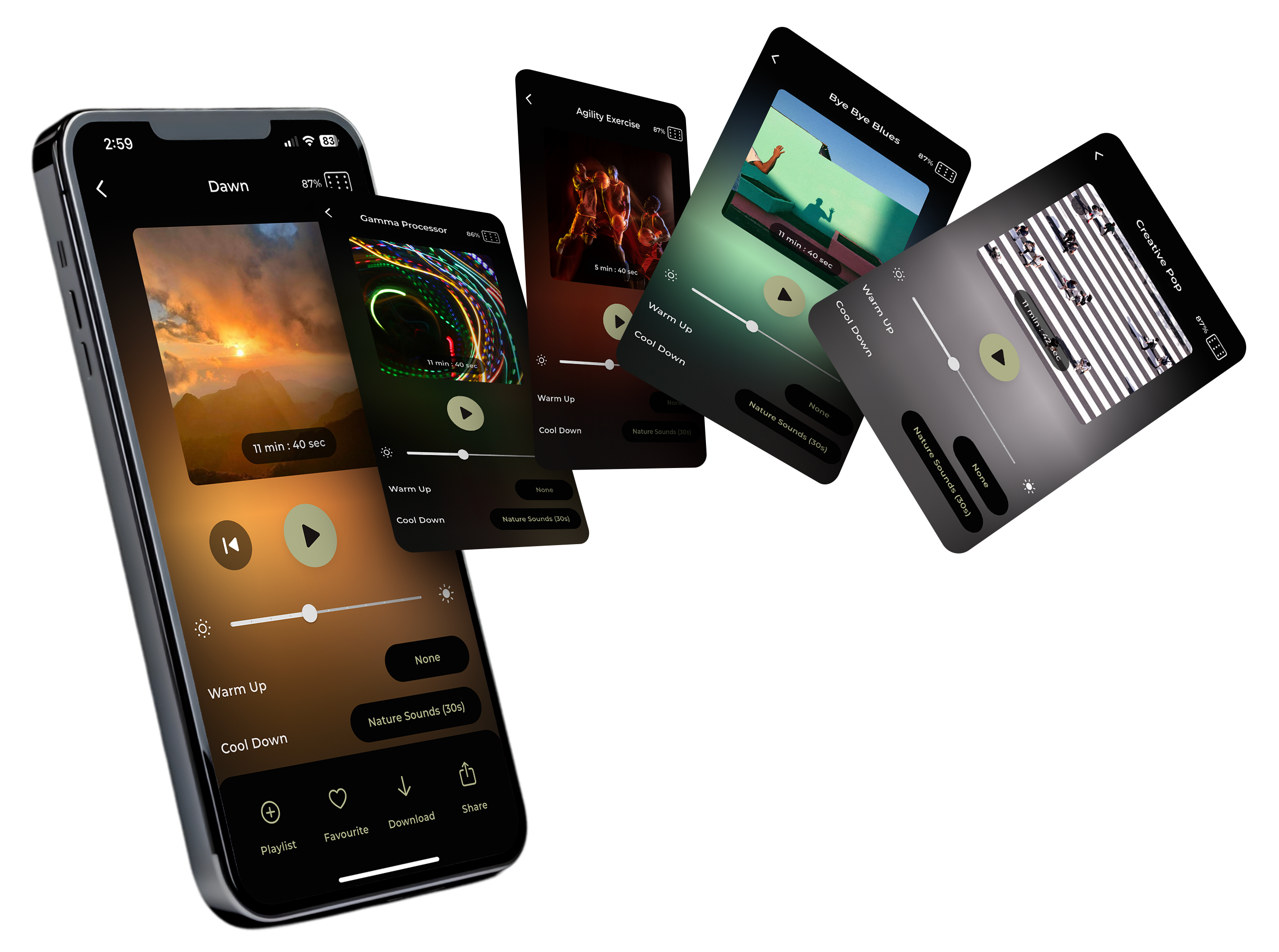
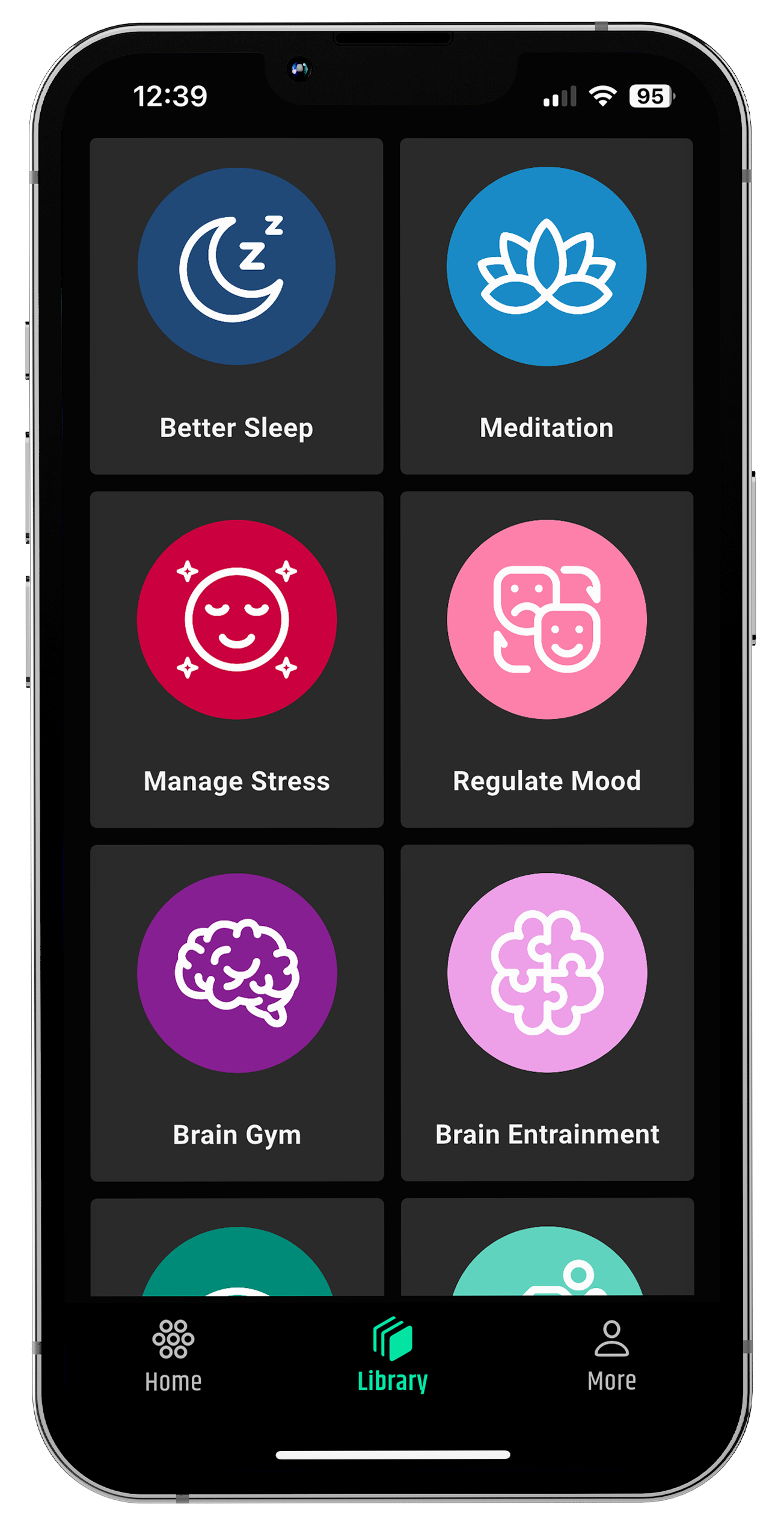
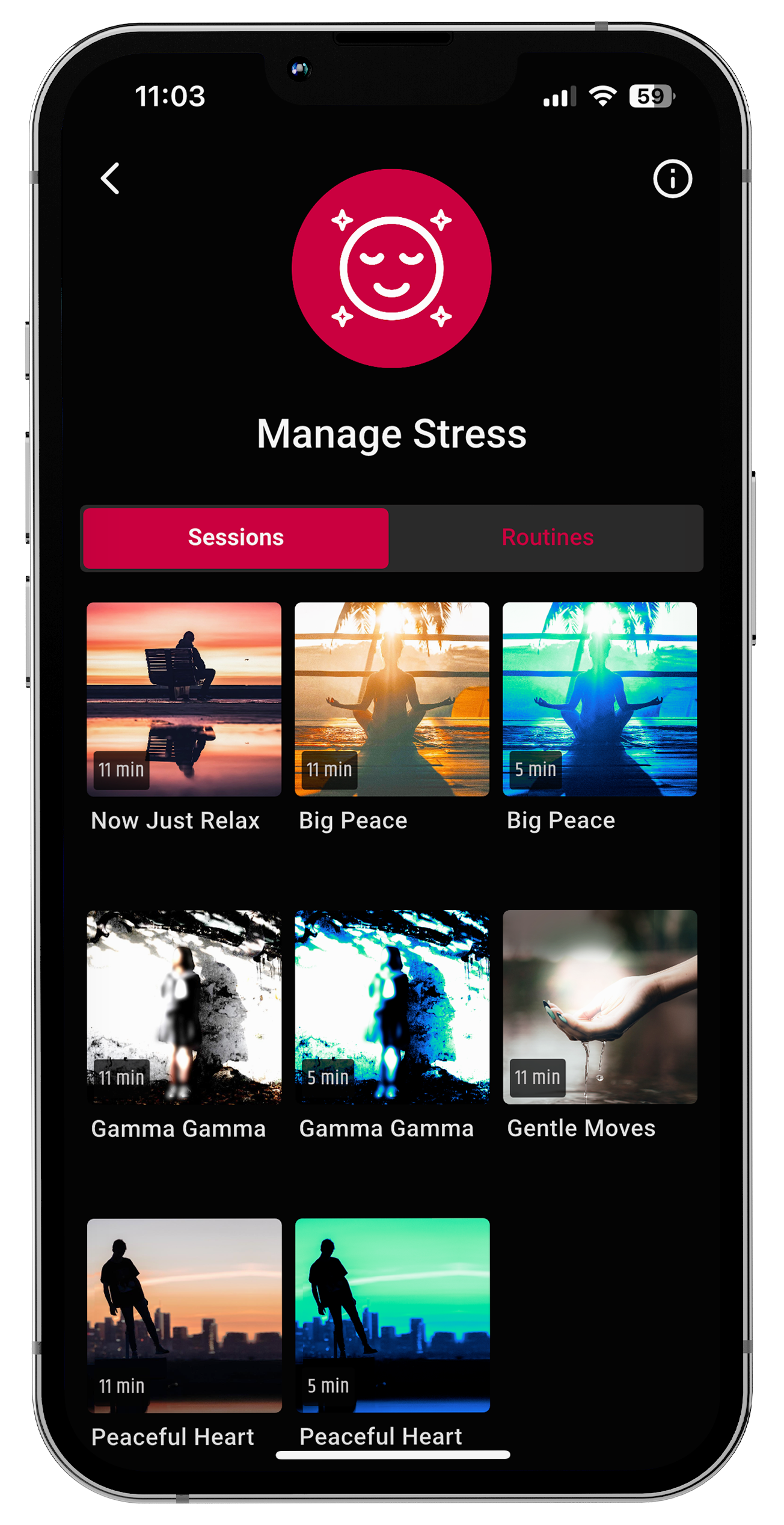
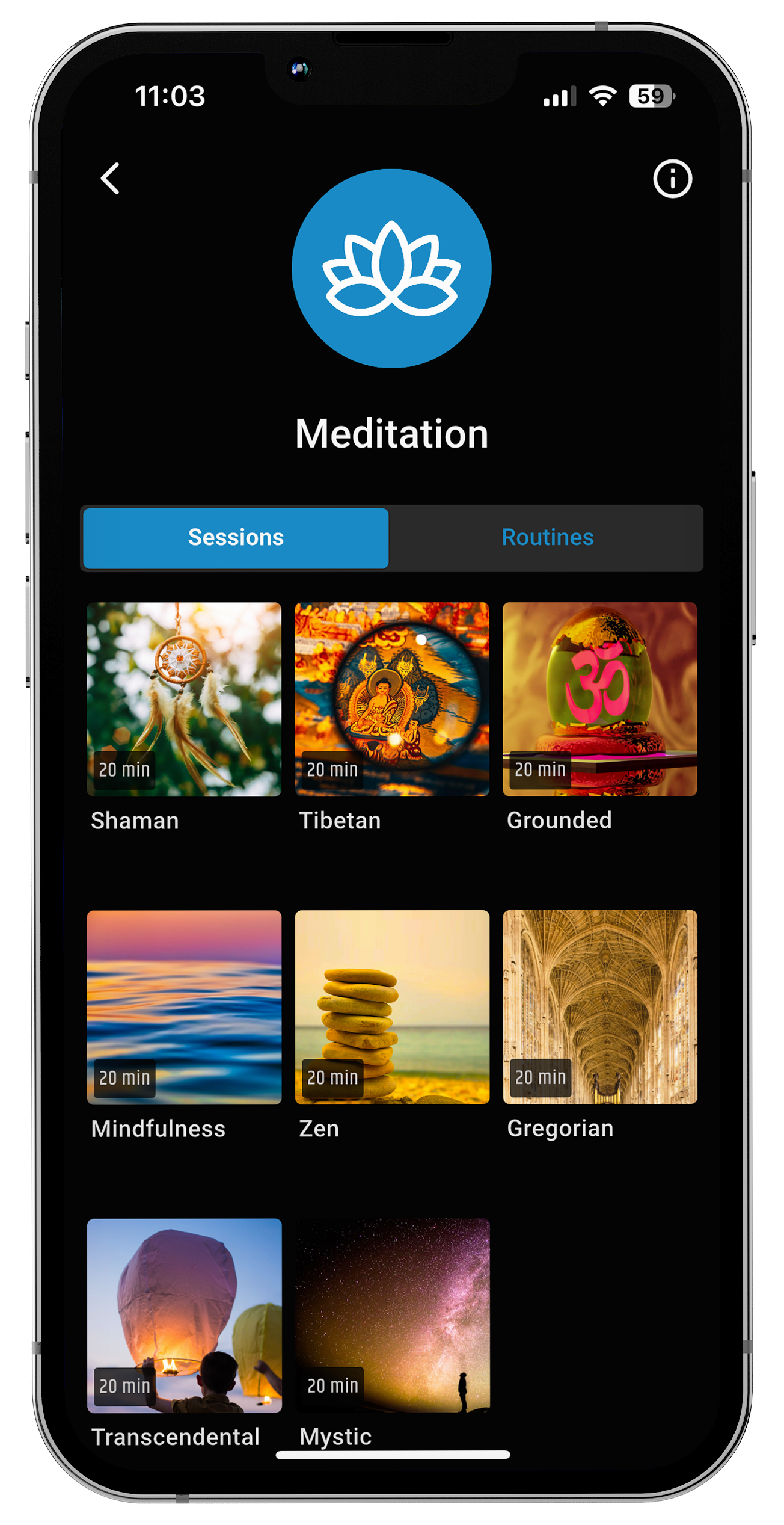
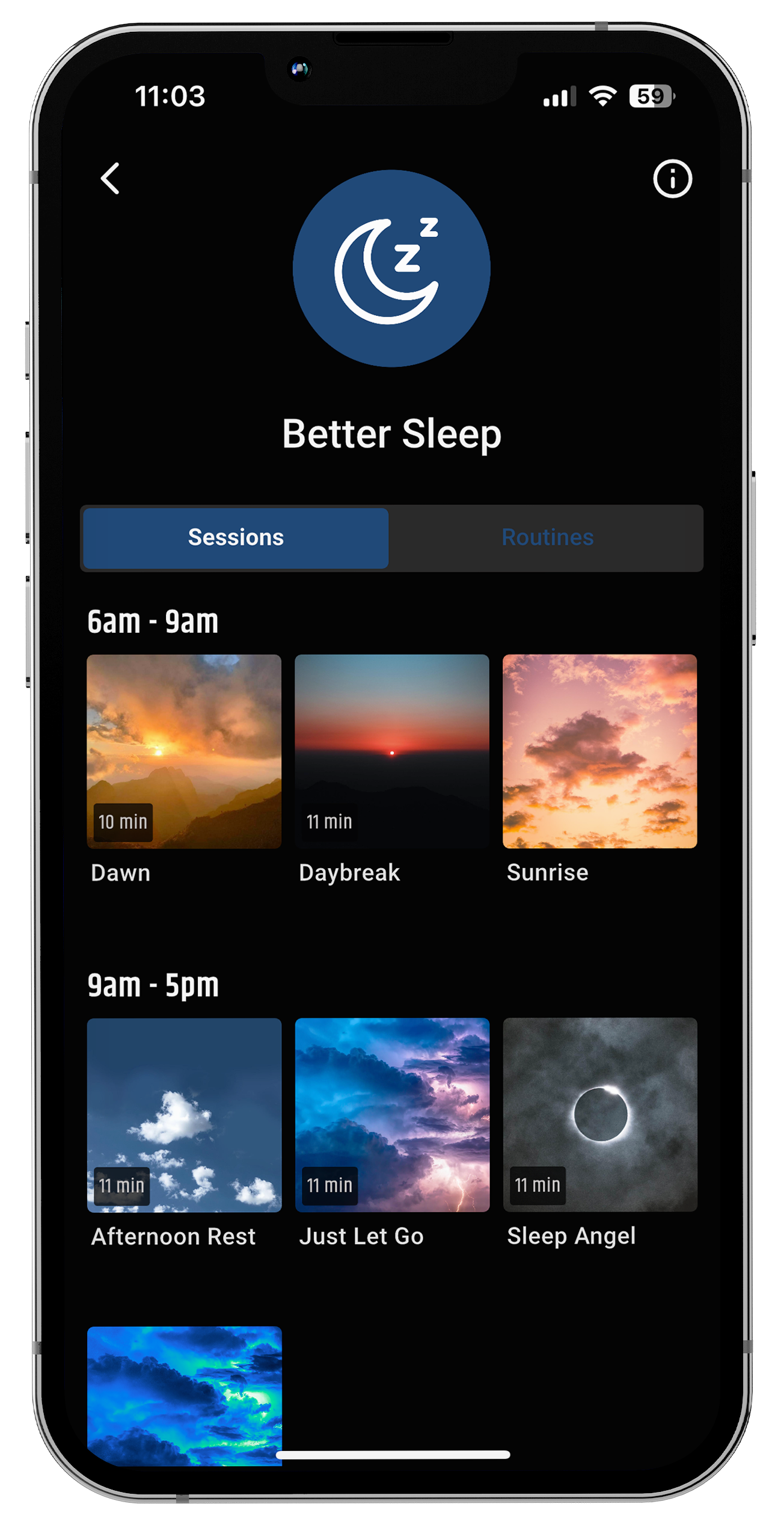
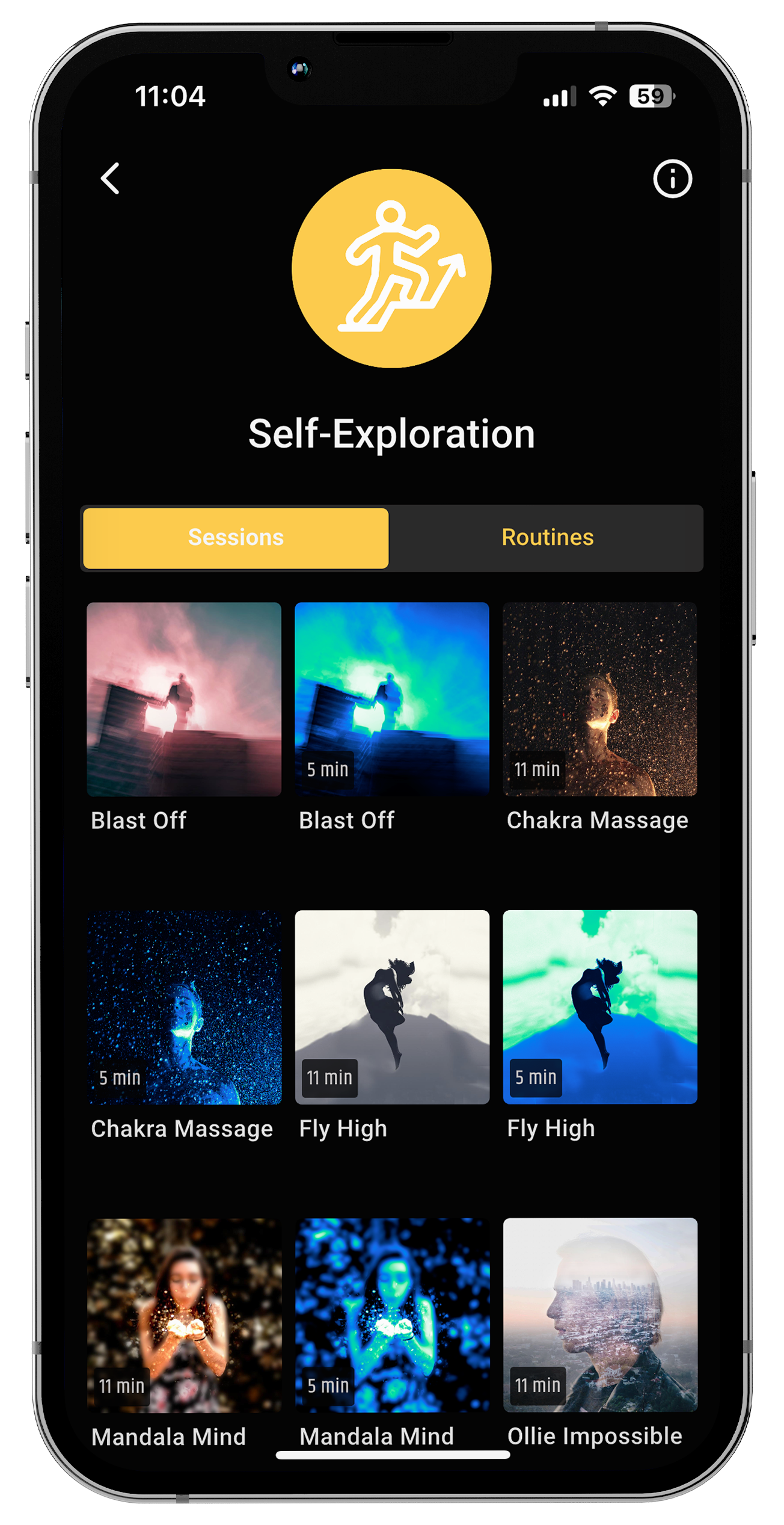
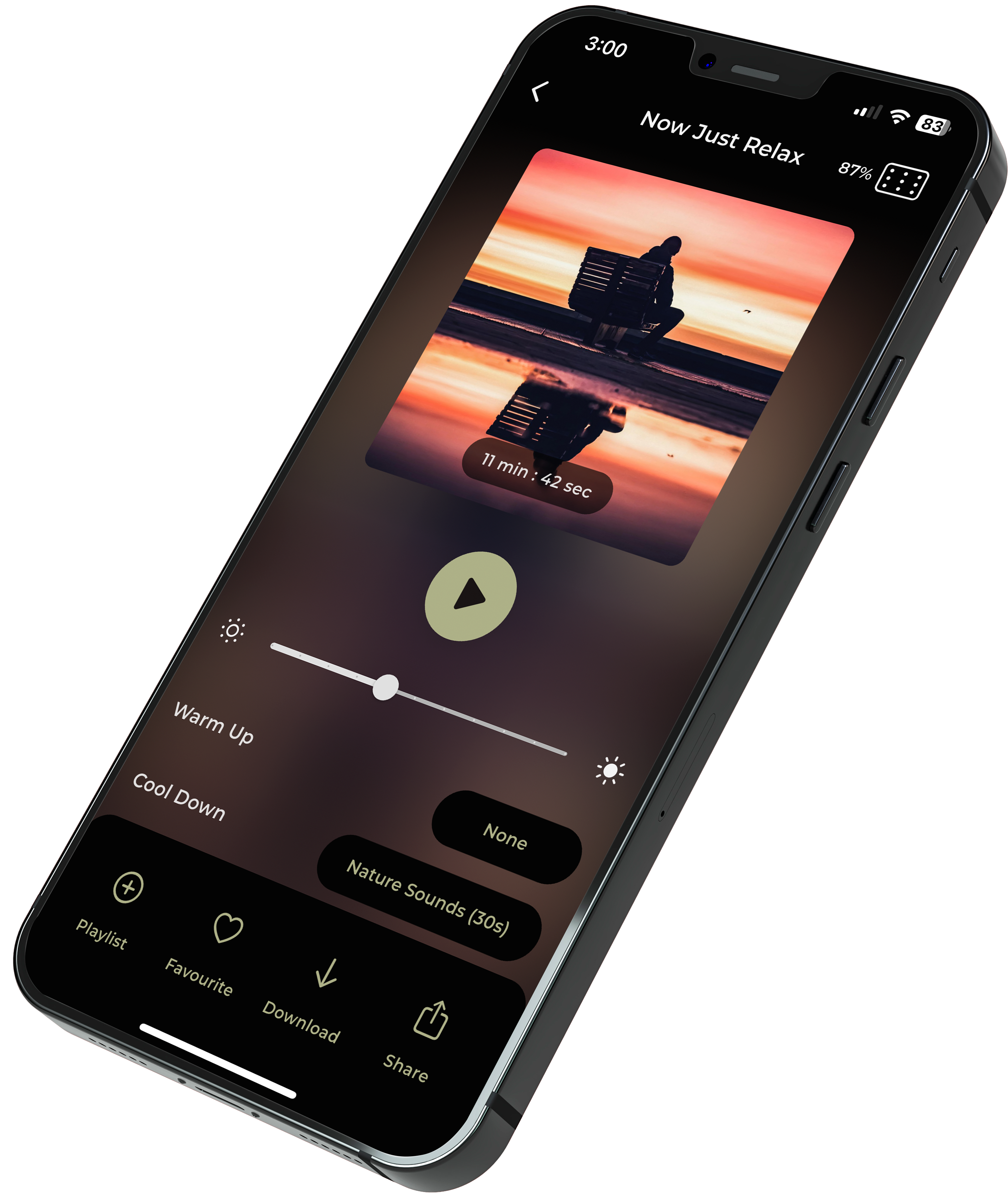


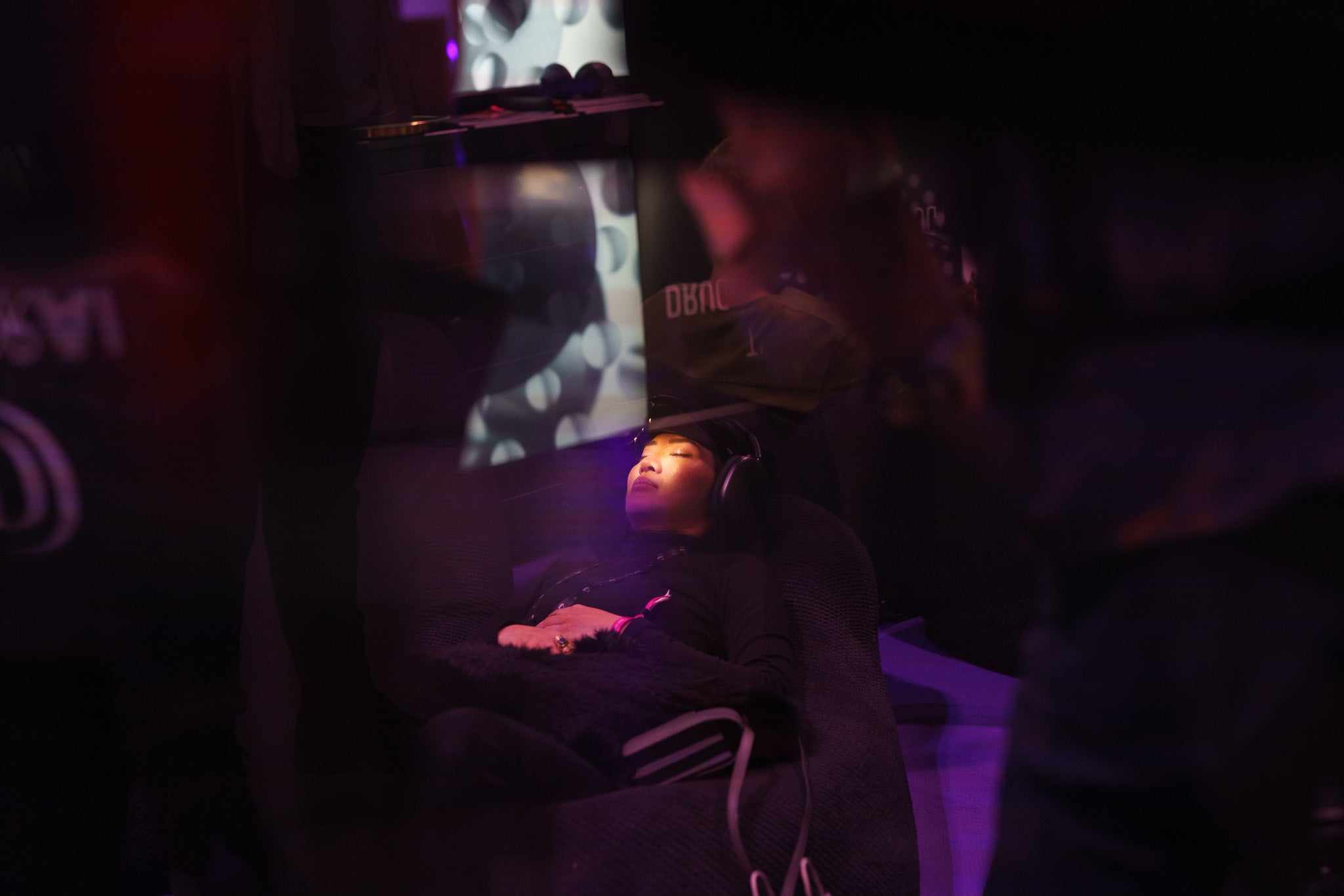




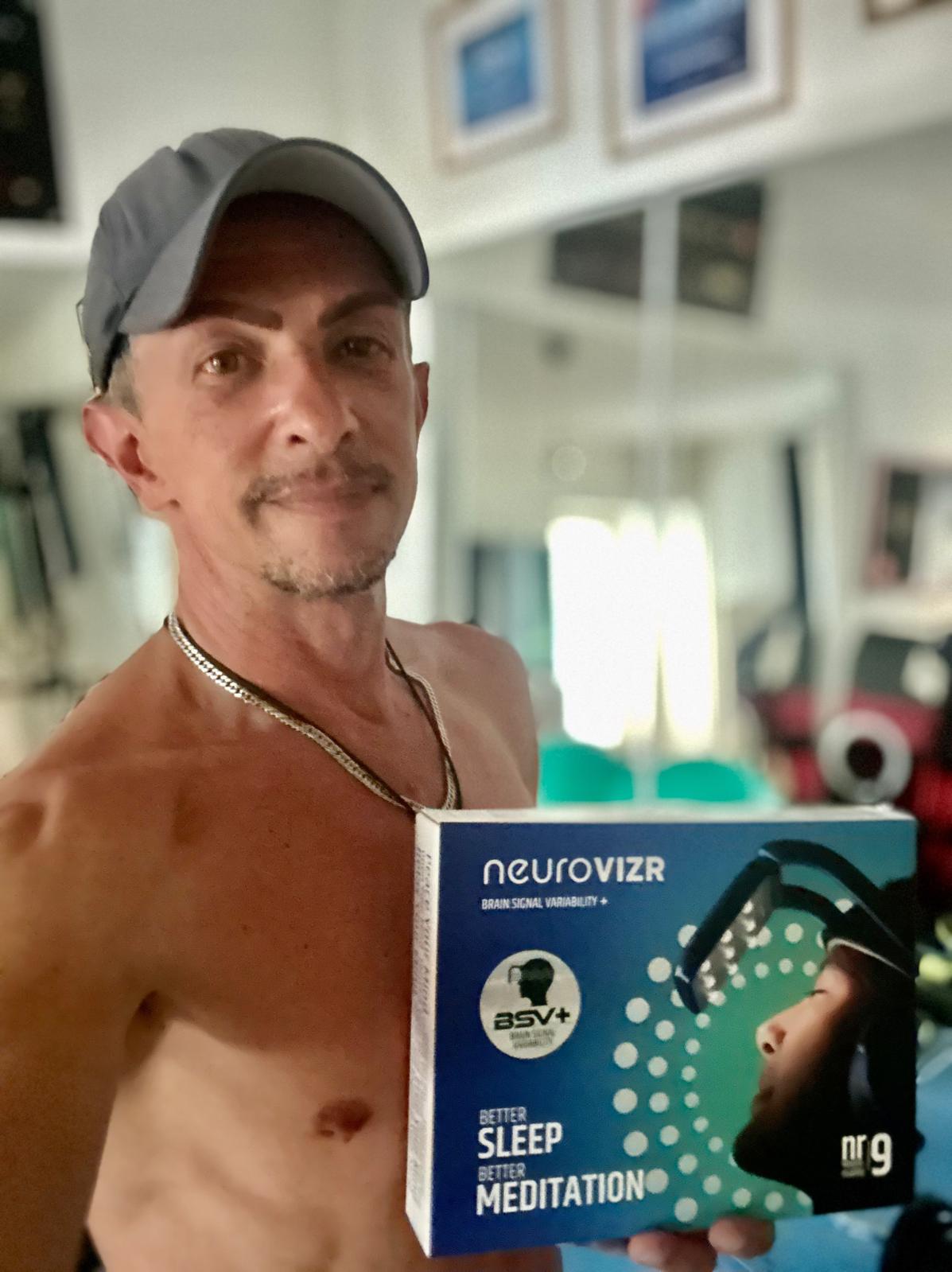
Teilen:
Wie man mithilfe von Neurotechnologie ohne Medikamente mentale Widerstandsfähigkeit aufbaut
Tools zur mentalen Erholung, die wirklich funktionieren: Geräte zur Gehirnfitness entdecken